Discover 6 hidden attractions, cool sights, and unusual things to do in Frome (United Kingdom). Don't miss out on these must-see attractions: Church of St John the Baptist, Frome Museum, and Rook Lane Chapel. Also, be sure to include Orchardleigh House in your itinerary.
Below, you can find the list of the most amazing places you should visit in Frome (England).
Table of Contents
Church of St John the Baptist

Parish church. The Church of St John the Baptist, Frome is a parish church in the Church of England located in Frome within the English county of Somerset. It is a Grade II* listed building.
The first church on the site was founded by Aldhelm around 685 AD The late Saxon building was replaced at end of the 12th century and expanded with addition of chantry chapels up to the time of a major extension of the church around 1420 to its present footprint. In 1852 the controversial priest William James Early Bennett was appointed as the vicar and undertook major changes both in the organisation of the parish and the fabric of the church.
The restoration by Charles Edmund Giles included stained glass by Charles Eamer Kempe and statuary by James Forsyth. The entrance to the church passes a holy well and stone-sculptured Via Crucis depicting seven scenes from the Stations of the Cross. It is unique in the Anglican church in England.[1]
Address: Church Street, BA11 1PL Frome
Frome Museum
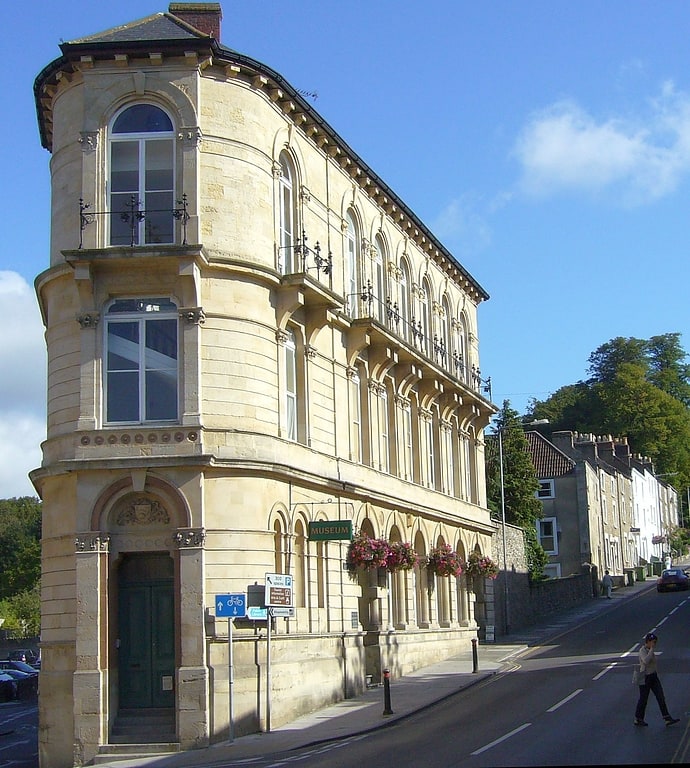
Museum in Frome, England. Frome Heritage Museum in Frome, Somerset, England houses a collection of local history and has a particularly important collection of artefacts from the bronze foundry of J.W.Singer.[2]
Address: 2 North Parade, BA11 1AT Frome
Rook Lane Chapel
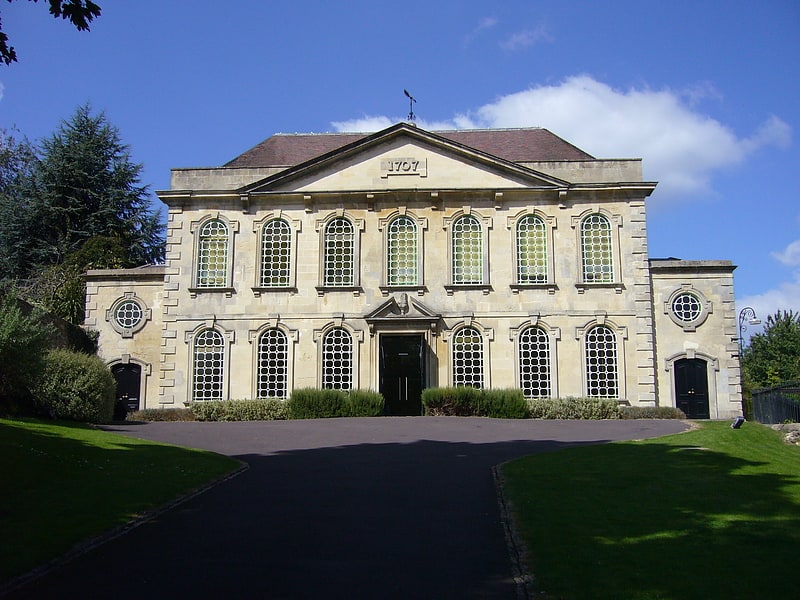
Building in Frome, England. Rook Lane Chapel was a place of worship, and is now an arts centre, in Frome, Somerset, England.
Built in 1707 by James Pope the chapel was the place of worship for nonconformists. In 1717 there were a thousand ‘hearers’ in the congregation. In 1773, a split in the congregation of Rook Lane led to the establishment of another Congregational Church, Zion, in Whittox Lane. As other chapels opened, however, there was a gradual decline in attendees and in 1933 the pastor's salary was reduced by £20 to £205 (equivalent to £10,000 in 2020). In 1965 the chapel merged with the Zion Chapel and Rook Lane eventually closed in 1968. It was sold to developers but they were unable to secure planning permission for proposed future uses. Lead and tiles were stolen from the roof, vandals broke in, smashed all the memorials and brought down the gallery.
The building was square with two pillars supporting the roof and a gallery around three sides. There are two tiers of seven windows, and a central pediment spanning five windows. Side lobbies were added in a matching style in 1862 for stairs to the gallery. Over the main door is an inscription from Ecclesiastes 5:1: "Keep thy foot when thou goest to the House of God". There is a domed roof structure which is still intact. It is said that this chapel was locally known as "The Cupola".
It was bought by the Somerset Buildings Preservation Trust which, with help from a grant from English Heritage, restored the Grade I listed building. The building is now owned by NVB, a firm of architects, who have converted it into a community facility for exhibitions, receptions, meetings and concerts, including chamber music, on the ground floor now run by the architects practice with this function known as Rook Lane. www.rooklane.org.uk The galleried upper floor is used as office space by the architects. The building is also licensed for weddings.[3]
Address: 10 Bath St, BA11 1DN Frome
Orchardleigh House
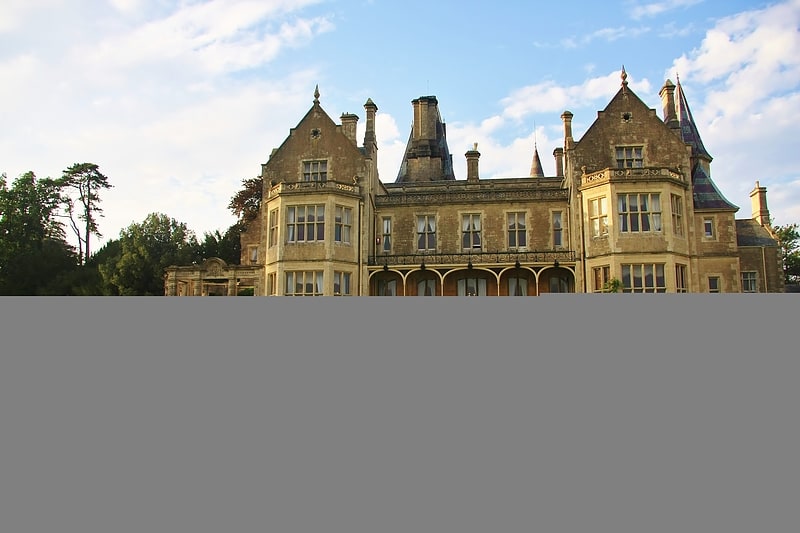
Housing. Orchardleigh is a country estate in Somerset, approximately two miles north of Frome, and on the southern edge of the village of Lullington. The privately held estate comprises a Victorian country house, the Orchardleigh Lake with its island church, and an 18-hole golf course.
Orchardleigh is available for weddings and other events. Various accommodation is provided, both in the house itself and at adjacent lodges and cottages in the extensive grounds.
Within the old estate are the Orchardleigh Stones, a probable neolithic burial chamber which was excavated in 1803 and 1804, when human bones and cremation urns were discovered.
The Church of St Mary, Orchardlea, dates from the 13th century and is Grade I listed. The churchyard contains the grave of the poet Sir Henry Newbolt. The Gloucester Lodge gatehouse was built in the early 19th century.
The parish was part of the hundred of Frome.
The old Orchardleigh House was just south of the church. Its heyday was the time of Sir Thomas Champneys, 1st Baronet, High Sheriff of Somerset in 1775, but all that remains of that period is the boathouse, rotunda, the Lullington gateway, and the Tudor lodges dating from the 1820s. The old house was demolished and the present one built in 1856 by Thomas Henry Wyatt for William Duckworth. The new house is described by Pevsner as "picturesque, irregular, and in a mixed Elizabethan style", and is a Grade II* listed building.[4]
Black Swan Arts
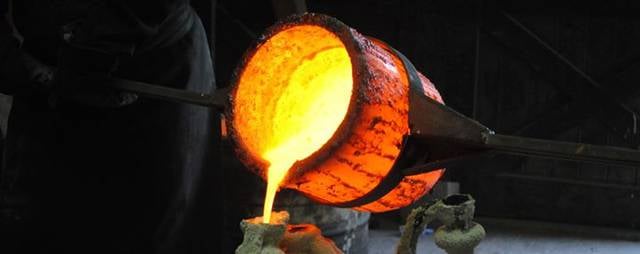
Paint and pottery studios, Art gallery, Cafe, Classes and workshops, Shopping, Museum, Nightlife
Address: 2 Bridge St, BA11 1BB Frome
Blue House
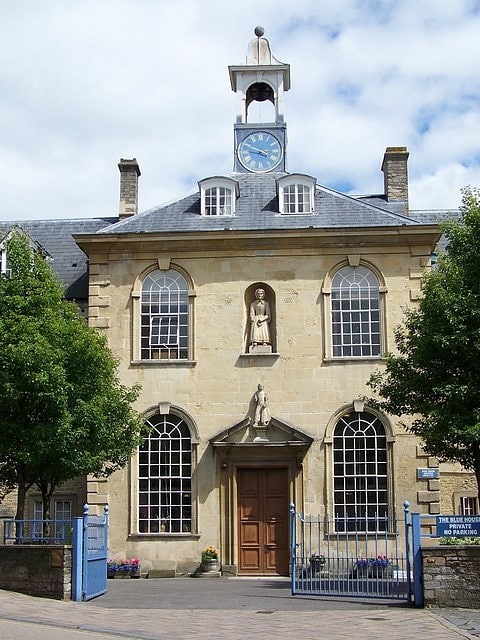
The Blue House in Frome, Somerset, England, was built in 1726 and has been designated as a Grade I listed building.
The Blue House, located adjacent to the town bridge, was formerly the Bluecoat School and Almshouses, so named due to the colour of the school uniforms.
Built in 1726 at a cost of £1,401 8s 9d, it replaced a previous almshouse dating from 1461 (and rebuilt in 1621). The Blue House provided accommodation for 20 female widows, and schooling for 20 boys, and the front of the building is adorned by two statues, one of a man, colloquially known as "Billy Ball", and one a woman called "Nancy Guy", indicating the building's dual role. Its role as a school ceased in 1921, and it now provides studio and one bedroom flats for 17 elderly residents.[5]